IFR Alternate Minimums
As some of you already know, I’ve been working on my instrument rating over the past 5–6 months. As part of it, I had to figure out and understand the regulations governing when an alternate airport is needed and the required weather at the destination and alternate airports.
The first part is answered by 91.169(a) and 91.169(b). To give you taste of the regulations, here is (b):
(b) Paragraph (a)(2) of this section does not apply if:
(1) Part 97 of this chapter prescribes a standard instrument approach procedure to, or a special instrument approach procedure has been issued by the Administrator to the operator for, the first airport of intended landing; and
(2) Appropriate weather reports or weather forecasts, or a combination of them, indicate the following:
(i) For aircraft other than helicopters. For at least 1 hour before and for 1 hour after the estimated time of arrival, the ceiling will be at least 2,000 feet above the airport elevation and the visibility will be at least 3 statute miles.
(ii) For helicopters. At the estimated time of arrival and for 1 hour after the estimated time of arrival, the ceiling will be at least 1,000 feet above the airport elevation, or at least 400 feet above the lowest applicable approach minima, whichever is higher, and the visibility will be at least 2 statute miles.
Clear as mud, isn’t it?
The second question (the required weather at the destination and alternate airports) is answered by 91.169(c). Don’t worry, I won’t quote it here.
Since the text of the regulation is not easy to read, I decided that the best way to understand it is to make a flowchart. As I fly airplanes, I’ve ignored any part of the regulations that is about aircraft other than airplanes.
The result:
Clearer? I certainly think so!
The one big thing to keep in mind about this flowchart is that not every approach can be used during planning. This is a semi-large topic of its own.
In short, any approach that you aren’t authorized for, the plane isn’t equipped for, or that has a NOTAM saying that it isn’t available, effectively doesn’t exist. As far as GPS approaches are concerned, if you have a TSO 129 or 196 GPS, then you have another restriction—you cannot plan on using GPS approaches at both your destination and your alternate.
I found it useful to write this down and in the process truly understand the rules. Hopefully, you’ve found this useful as well. Needless to say, you should not rely on this flowchart without verifying that it is correct. Regulations sometimes change, and people sometimes make mistakes when making flowcharts to visualize said regulations. (If you find a problem, let me know!)
One final thought: just because the regulations don’t require an alternate airport doesn’t mean that you shouldn’t have one anyway. Weather often seems to have a mind of its own and a propensity to prove forecasters wrong.

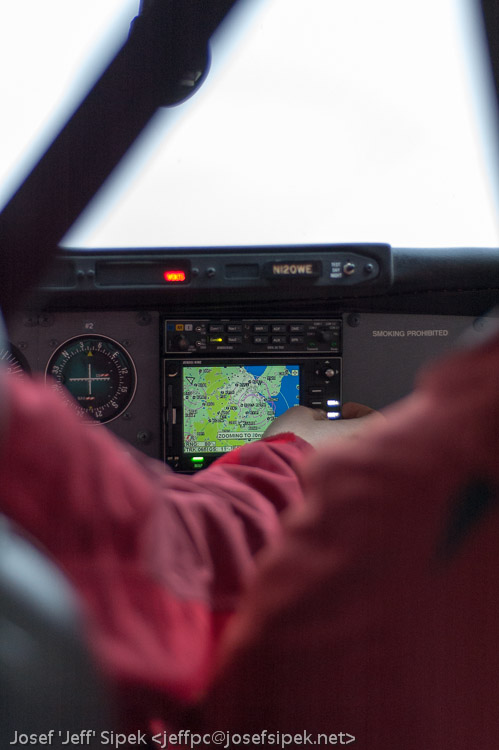


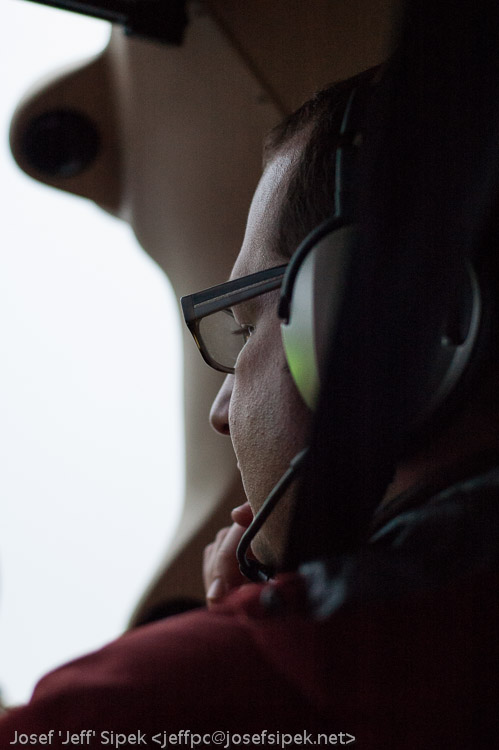
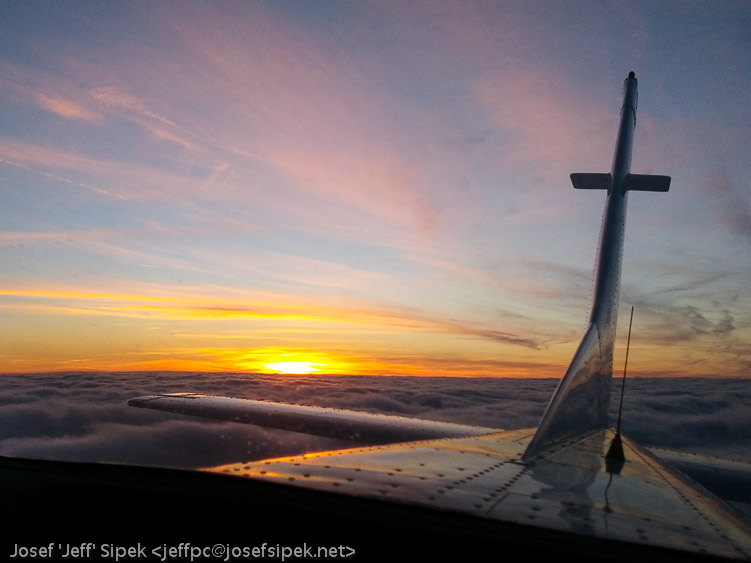
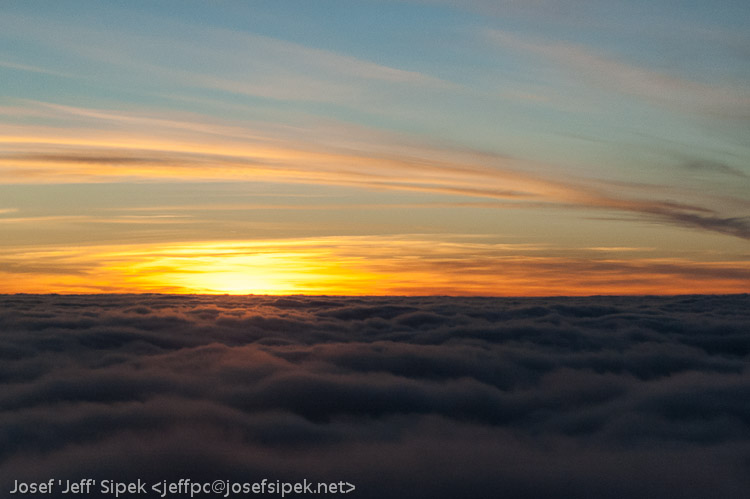
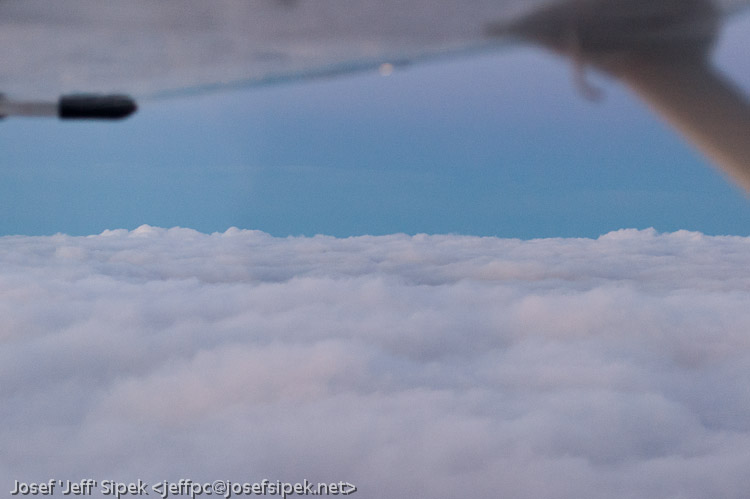
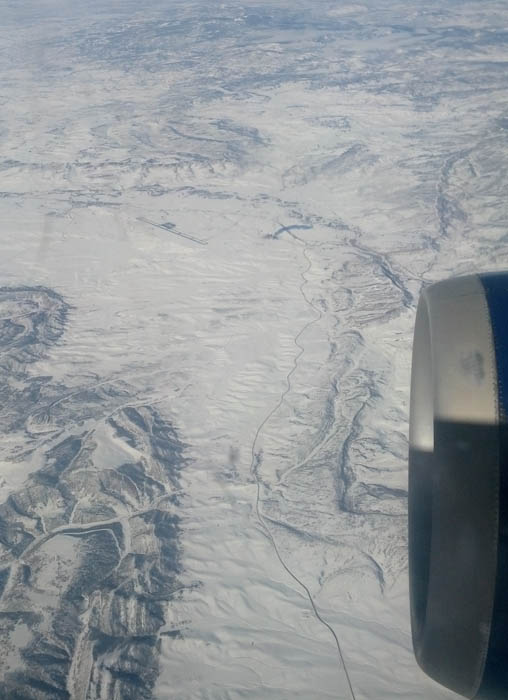
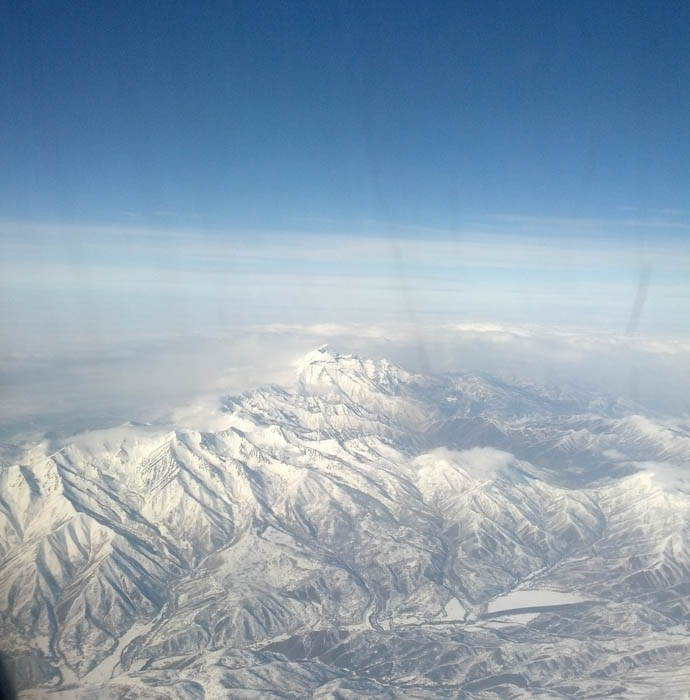
 Spatial disorentation
Spatial disorentation